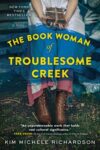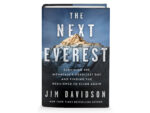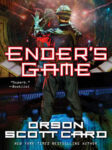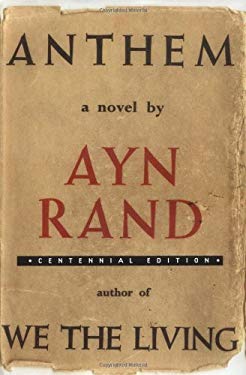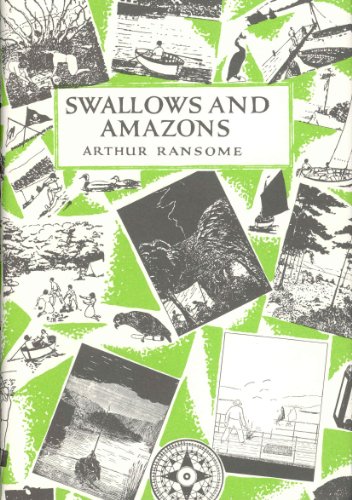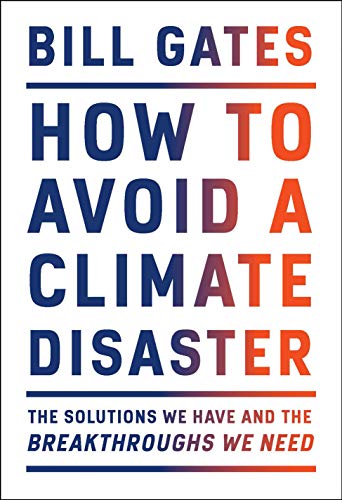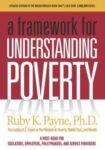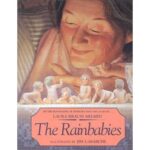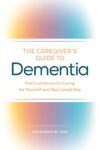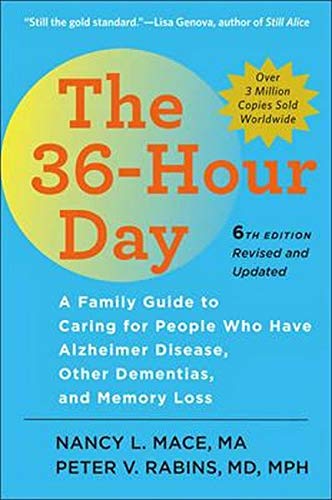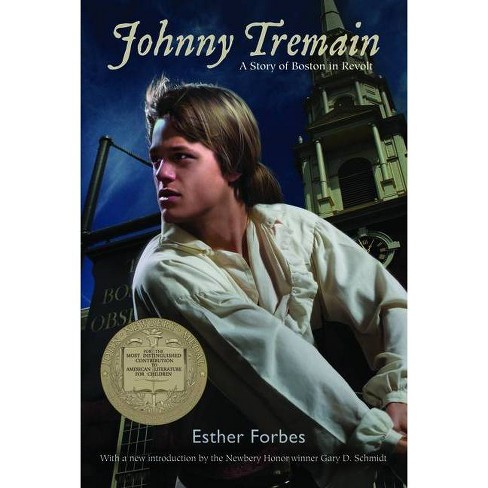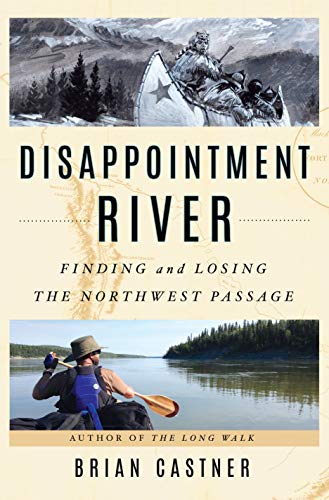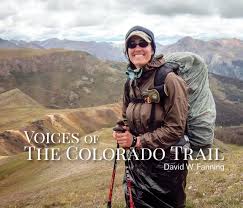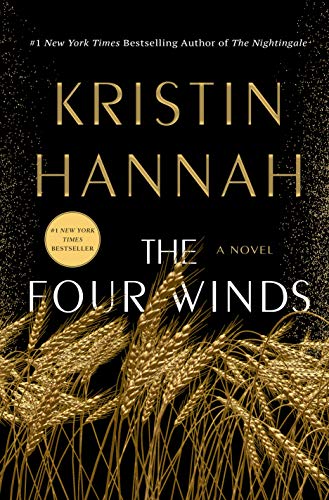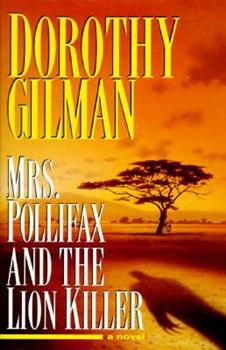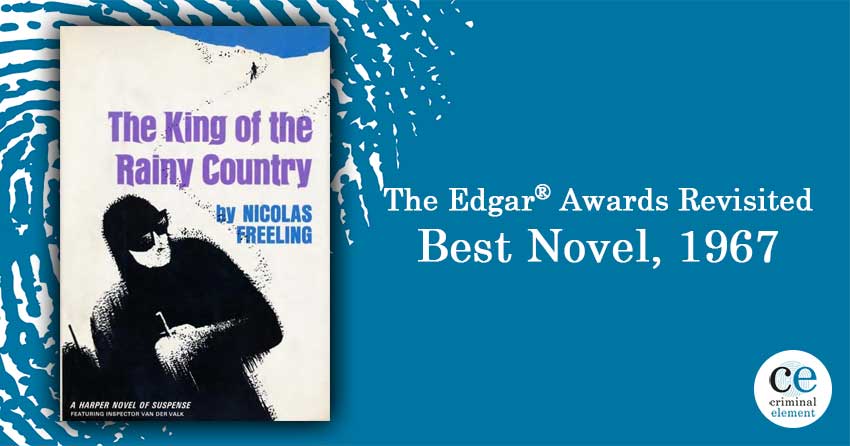
by Josh Rogin, 2021
Nate told me about this book. It’s about what went on with China during Trump’s presidency. It’s written by Josh Rogin, a columnist for the Washington Post and an analyst for CNN. He knows of what he speaks (writes). He’s meticulously detailed. He is not partisan. I’m glad I read this because I learned a lot. But it was a very difficult read – so many names and events. I didn’t know China was as bad as it is – ‘It is evil and it must be destroyed.” That about says it all. China is into the USA politically, technically, corporately, educationally, financially; they want to be the ruler of the world. They are committing atrocities and denying freedoms of speech, religion, even thoughts. They give people and other entities a social credit score. They are watching them 24/7– “Orwellian.”
The way Trump handled China was impulsive, immature, chaotic. His advisors changed all the time and they were from different camps – wanting to play nice (because of the money they made off of China) vs. wanting to be tough and bring the hammer down on China. China is perpetrating human rights abuses against the Uyghurs, Tibet, Taiwan, Hong Kong, and their own people; They are stealing our technology and intellectual property, infiltrating Wall Street, our educational institutions, our media and social media. Something had to be done. Obama was the same as preceding presidents – soft on China in hopes they would come around. Trump desperately wanted to make a deal with Xi and called him a great friend, then he would get mad at him and slap tariffs on China and make threats.
Josh Rogin credits Trump with waking us up to the threat that China is, but Trump and his administration were so dysfunctional, nothing of consequence could be done. There’s no going back, however, to the way it used to be with China – looking for cooperation and ignoring its bad actions – and Rogin believes the tariffs need to remain as some sort of leverage over China.
Trump could care less about the human rights abuses of Xi and the Chinese Communist Party (CCP). He even told Xi that he thought the camps Xi was building for the Uyghurs were a good idea.
One other interesting thing I learned is that the coronavirus did not originate in a seafood market in Wuhan. There was a huge cover-up, of course. Much evidence was destroyed. There are theories but no one really knows where it came from.
Good, informative book. Glad I read it.
